
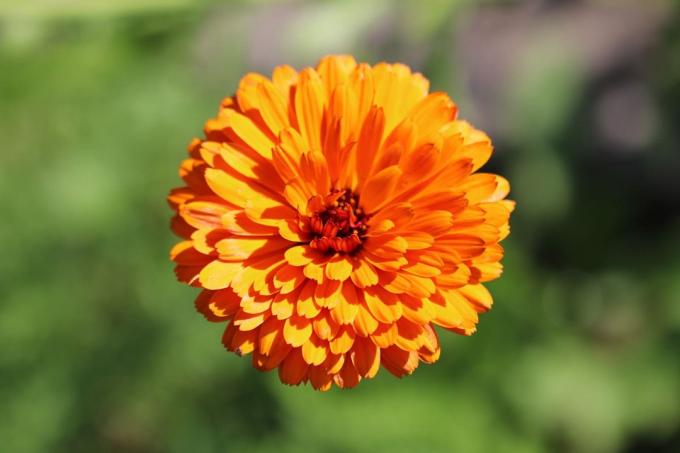
Table of contents
- Characteristics
- location and soil conditions
- Plant
- sowing
- watering and fertilizing
- heyday
- Diseases
- pests
- Cut
- hibernate
The decorative marigolds are an integral part of many local gardens. Because they fit in a tidy front yard as well as in a cottage garden with wild growth. The care of Calendula officinalis is quite simple.
Characteristics
- lat. Name Calendula officinalis
- daisy family Asteraceae
- not hardy and not perennial
- self-seeding
- grows up to 60 centimeters high
- bushy and herbaceous summer flowers
- yellow or orange flowers
- Flowering period from May to October
- non-toxic
- is used as a medicinal plant
location and soil conditions
Marigolds are sun-kissed as they are said to originally come from the Mediterranean region. Therefore, the location in the garden or on the balcony should be chosen accordingly:
- full sun
- even midday sun in summer is tolerated
- brings an intense and rich flowering
- loamy soil preferred
- rather dry than wet
- avoid nitrogen in the soil
- Plants then grow tall
- hardly bloom at all
Plant
When planting, it should be noted that the marigolds can also be brought forward earlier in the year and then planted as finished small plants. This pre-breeding has the advantage of an earlier flowering:
- Sow seeds from mid-March
- in potting soil in pots on a windowsill
- Sieve over with sand and keep evenly moist
- Germination occurs after 15 days
- then set it a little cooler
- plant in the bed in May after the ice saints
- Keep a distance of 25 to 30 centimetres
- or simply set around or between vegetable plants
Tip:
A mixed culture with different vegetables is suitable as a plant neighbor, because the marigold, like its relative the marigold, keeps pests away from the vegetable plants.

sowing
Marigolds are only propagated by seeds. These can be gathered from existing dried flowers or purchased commercially. The easy-care marigolds germinate quickly and easily, without having to pay much attention to sowing. The marigold can also be cultivated in a pot. This is especially useful when there is no garden available and the boxes are to be planted on the balcony:
- Put seeds in the bed from April to June
- Loosen the soil beforehand
- remove weeds
- Then gently rake in the seed
- Cover with a layer of compost about an inch
- if seedlings appear, remove excess plants
- The plants are spaced about 25 to 30 centimeters apart
- surplus plants can be planted elsewhere
- normal potting soil is sufficient in the pot
- Lay drainage over drainage hole
A marigold needs space all around, which should also be considered when cultivating in a pot, because too many Plants in a pot will grow stunted or the plants will be overgrown by fungi both in the tub and in the bed infested.
Tip:
Seedlings that are too many and that you have to remove from the bed, simply take them out of the ground with a spoon or hand shovel. In this way, the delicate roots are not injured.
watering and fertilizing
The undemanding marigolds require little care. If the bed before sowing or Planting prepared with sufficiently mature compost, then the nutrients contained therein are usually sufficient for the entire vegetation year:
- it does not need to be fertilized
- water only moderately
- promotes flowering
- Absolutely avoid waterlogging
- normal falling rain is usually sufficient
- just put water in the pot
- or in very long dry periods
Tip:
The addition "officinalis" in the Latin name comes from the word "officina", which means something like "office". However, this has been used since April 18. Century, in the sense of "pharmacy" or "laboratory" added to many medicinal plants.
heyday
Calendula show a beautiful and persistent flower all summer long, from which the inconspicuous fruits later form:
- first flowers in May and June
- close overnight
- only succeeds with pre-cultivation from March
- further flowers from July until well into October
- last flowers until the first night frosts
- as soon as a flower fades, the next bud opens
- achenes are formed from the flowers
- closing fruits
- different curvature almost to a ring
- hence the name marigold
Tip:
If you sow at different times, i.e. keep scattering new seeds in the bed until June, the flowers will be even more intense and longer.
Diseases
Unfortunately, marigolds are susceptible to various types of fungi such as loggerhead and powdery mildew. For this reason, the individual plants should not be cultivated too close together in the bed. From time to time leaf spot disease can also occur if there is too much moisture:
- spray with diluted milk
- alternatively use diluted apple cider vinegar
- Plants are too close together
- thinning improves air circulation and drying
- Squirt horsetail broth
- fertilize with nettle manure as a preventive measure
- always ventilate well in spring when covered
If the plants were only attacked by the fungus in autumn, then no further measures need to be taken here, since the annual marigolds die at the latest with the first frost.
Tip:
In a year, the marigolds in the garden bed were infected by powdery mildew or leaf spot disease infested, then you should not put the plants on the compost, but well sealed in the residual waste dispose.
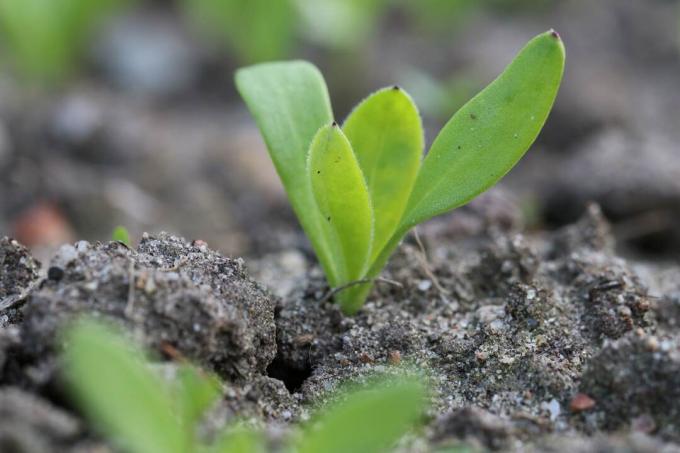
pests
Unfortunately, many different pests are also known to affect marigolds. These include leaf bugs, leaf miners and aphids. This can be counteracted with insecticides. Another alternative is a mixture of vinegar, washing-up liquid and water that is sprayed on the plants. Further measures against pests are as follows:
- Rub off pests with soft soap
- Make nettle manure and spray
- use natural enemies in the greenhouse
- these include assassin bugs and parasitic wasps
- Make a broth from garlic and water
- distribute essential oils
- of arborvitae, peppermint, silver fir, sandalwood
- Use horsetail manure preventively
- Snails like to eat the leaves
- against this, create snail barriers all around
Tip:
A co-planting or mixed culture with chives, valerian, lavender, rosemary, aniseed, dill or fennel can also help to avoid pest infestation of the marigolds.
Cut
Marigolds do not require pruning. Nevertheless, care should be taken so that the flower bed or balcony box always looks appealing:
- have a habit of drying leaves
- has no meaning
- just remove dry leaves
- Remove faded
- only if it is not to be used for sowing
- pull the plant out of the ground in autumn after the first frost
- dispose of completely
A notice:
If the marigold has died after the first frost, new plants will no longer sprout from the roots remaining in the ground, as is the case with perennials in spring.
hibernate
A marigold is not hardy and also not perennial. The bed therefore does not need to be protected in winter. However, sometimes it seems as if the plants are hardy and perennial and this is because:
- in a mild region without late frosts
- Marigolds self-seed
- leave flowers on the plant until they dry up
- Seeds fall to the ground in autumn
- can overwinter here
- in the spring, germination succeeds all by itself
- the first tender plants appear from March
A notice:
There is no other way of propagating the marigold than by sowing the collected seeds or self-sowing over the winter.
 garden editorial
garden editorial I write about everything that interests me in my garden.
Learn more about summer flowers
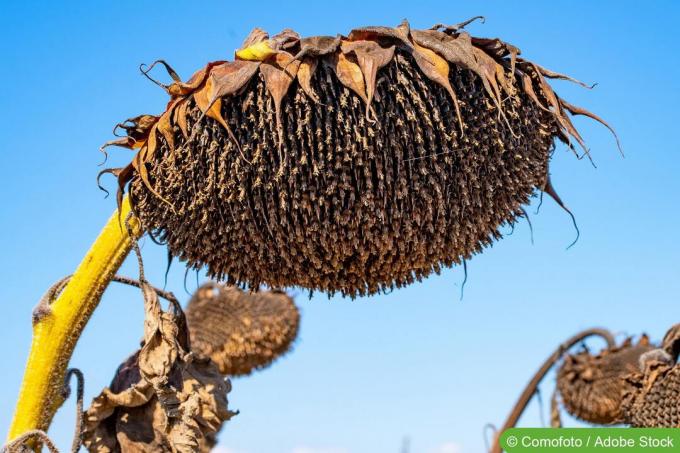
Should you cut off faded sunflowers?
Sunflowers bloom for a long time, but unfortunately not forever. Is it better to cut off the faded flowers or let nature take its course? Both are possible! It depends on the sunflower species and what you want to do with the ripening seeds. Read here whether you should cut off faded sunflowers.
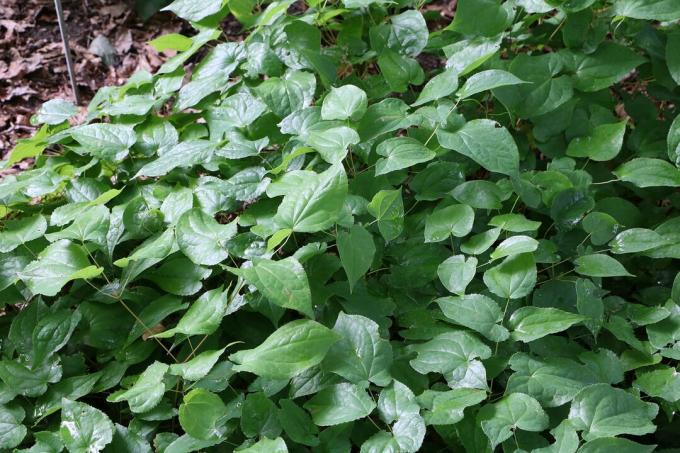
Elf Flower, Epimedium: 12 Tips for Grooming & Pruning
The elf flower transforms shady locations into a sea of flowers. Delicate flowers appear in white, yellow, pink, red or violet. The ground cover with the heart-shaped leaves is also decorative when not in bloom. We have put together the most important care tips for you.

Liver Balm, Ageratum: 10 tips for care
The leather balm is a daisy family that comes from Central and South America. In our latitudes, liver balm has been very popular for a long time, because here the plant does the trick not only a great figure as a gap filler between different perennials, but also in the form of one carpet of flowers.
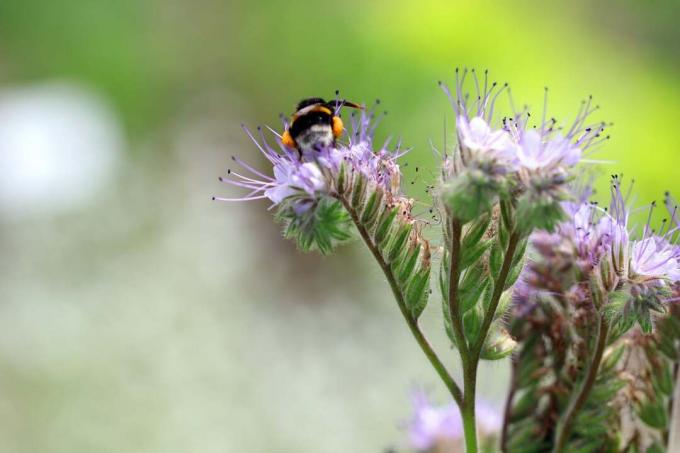
Bee friend, Phacelia: 8 tips for care
The cultivation of the tufted flower is not particularly difficult, because the plant turns out to be undemanding and easy to care for. If you take into account the basic requirements of this flowering perennial, you will benefit from its positive effects on biodiversity and soil conditions.
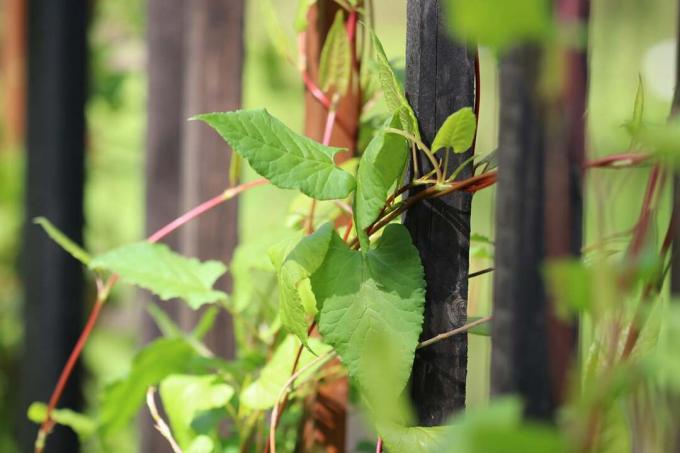
Climbing knotweed, Fallopia baldschuanica: Care from A – Z
A popular bee pasture but also a fast-climbing plant in the garden is the climbing knotweed. The plant should therefore be cultivated in the garden with some caution and appropriate care. Fallopia aubertii fits perfectly in a cottage or natural garden.
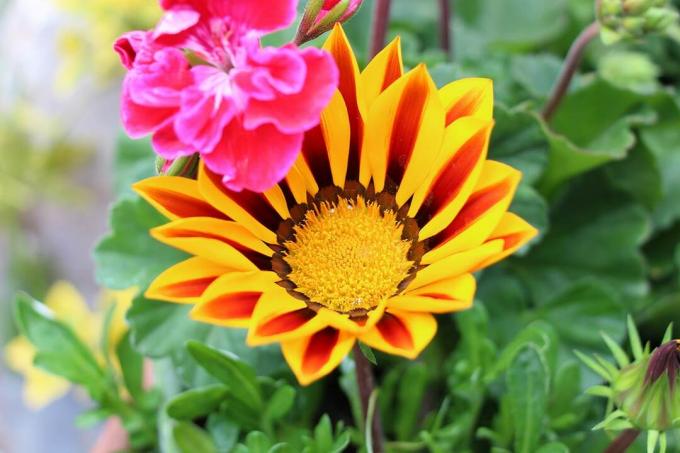
Is Gazania hardy? 6 tips for the winter
Gazania are commercially offered as annuals and not hardy. Hibernation works under ideal conditions, which require increased effort. Some varieties are considered hardy. The propagation of cuttings over the winter is an alternative to cultivating the plant perennial.
